The Fed wants to raise interest rates. But can it?
The 2008 economic collapse changed the Federal Reserve's relationship with the economy so much that the Fed's own power may be diluted


Wednesday was a momentous day for the nation's economy: The Federal Reserve raised interest rates for the first time in a decade.
At least, it said it wants to raise them. "The committee decided to raise the target range for the federal funds rate" to 0.25 to 0.5 percent, the Fed's statement said. "Target" is the key word there. While the Fed has considerable influence over interest rates in the economy, its powers are not godlike. The Fed is engaged in a complex pull and push with the natural forces of the economy. So while the Fed's ability to make interest rates do what it wants is generally assumed, it's not a given.
As it turns out, the 2008 collapse altered the Fed's relationship with the economy so much that we've entered uncharted territory. There's a possibility the Fed can't raise rates even though it wants to.
The Week
Escape your echo chamber. Get the facts behind the news, plus analysis from multiple perspectives.

Sign up for The Week's Free Newsletters
From our morning news briefing to a weekly Good News Newsletter, get the best of The Week delivered directly to your inbox.
From our morning news briefing to a weekly Good News Newsletter, get the best of The Week delivered directly to your inbox.
At the most basic level, the Fed's job is to create and destroy money. Its dual mandate, to keep inflation low and stable while maximizing employment, ostensibly guides how much creating versus destroying it does, and when. To boost job creation, the Fed creates money and spits it out into the economy, which lowers interest rates. To slow down inflation, it sucks money out of the economy and destroys it, which raises interest rates. Yesterday's announcement was the Fed's declaration that it intends to do some of the latter.
This gets us to the specific tools the Fed uses to inject money or suck it out. The first and most traditional is the federal funds rate. The nation's banks are required by law to hold reserves of money, providing a cushion for the banks' day-to-day operations. The banks trade a certain amount of these reserves back and forth all the time, and they pay or receive interest from one another on those exchanges. That interest rate is the federal funds rate, and it exerts a massive rippling influence on all other interest rates throughout the economy.
The Fed doesn't control it directly. But if, per Wednesday's announcement, it wants to raise the federal funds rate, what it can do is sell short-term U.S. debt to the banks and then accept the reserves as payment.
The interest rate is just the price of borrowing the reserves, so if the Fed sucks up the reserves, that lowers supply and raises the price. Conversely, if the Fed wants to lower the federal funds rate, it can buy U.S. debt from the banks, create new money and spit it into the reserve system.
A free daily email with the biggest news stories of the day – and the best features from TheWeek.com
For this tool to work, there needs to be a certain balance between the amount of money in the reserve system and the amount of outstanding short-term U.S. debt that can be traded for it. But, as Matt Phillips laid out in an excellent piece in Quartz in September, the banks' reserve accounts exploded from $10.1 billion in June 2008 to around $2.5 or $2.6 trillion today, thanks to the Fed's efforts to combat the Great Recession.
Meanwhile, there's only $1.4 trillion in short-term U.S. debt in existence.
"In other words," Phillips wrote, "there’s nowhere near enough [short-term debt] to soak up the amount of reserves the Fed has created."
It gets worse. Even if there was enough short-term debt, the Fed doesn't have any. Debt eventually matures: The principal is paid off, and the individual Treasury bill ceases to be a tradeable financial instrument. With short-term debt, this happens pretty fast. Since the 2008 crisis, the Fed has mainly been concerned with keeping enough money in the reserve system to help the economy. So all the short-term debt it was sitting on matured.
Now, the Fed also has a huge amount of long-term debt and other financial assets on its balance sheet. Cutting the federal funds rate to zero wasn't enough to help the economy, so the Fed got experimental by buying up those other instruments with the same money-making power. That was quantitative easing.
But selling long-term debt doesn't really target the effect on interest rates the Fed is going for. Beyond that, the Fed is already the world's biggest holder of long-term U.S. debt debt by a mile. Even if it wanted to try selling it off, it's not obvious there's a buyer out there who could soak up the new supply.
So for the last few months, the bureaucratic underlings at the Fed have been quietly but furiously experimenting with some alternative tools.
One is to pay interest to the banks in exchange for them to park their excess reserves at the Fed, and pull the money out of the system that way. The federal funds rate is actually the interest rates banks pay each other, so this interest rate would be a one-way payment from the Fed to the banks. Presumably, it would incentivize them to give up some of their supply of reserves. And basic economic self-interest says the banks aren't going to lend money out to the broader economy for a lower interest rate than what they'll be paid to park their reserves at the Fed.
Congress passed a law just before the Great Recession that allowed the Fed to do this, so it's been playing with the idea ever since.
But there's one last twist. These days, the banks aren't the only participants in the short-term debt market. There are also entities like money market mutual funds, for example. The Fed's interest payments on excess reserves only go to banks, so they won't influence those other players. That means those other players could counteract any move toward higher interest rates.
So the Fed has cooked up another tool to pay those entities interest in exchange for their reserves as well. It's called overnight reverse repurchase agreements (or ON RRPs), and the Fed has only been playing with them since 2013. So far, the response of the federal funds rate to changes in the ON RPP rate has been encouraging, but it's still a very young and untried approach.
Now, none of this means the Fed was wrong to flood the reserve system. But it arguably does mean the Great Recession was too big a problem, or the wrong kind of problem, to be solved this way. The intrinsic productive activity of human beings in the economy is the fundamental engine we're trying to restart here, and the Fed can't replace that. If it tries to produce higher interest rates before that activity has rebuilt itself and become self-sustaining, it risks just shutting the healing process down.
That's why the federal government's refusal to deficit spend, which stimulates that activity much more directly, has been so disastrous. The Fed's current predicament is yet more evidence that the national and global economy suffers from a large shortage of short-term U.S. debt. Deficit spending by Congress could get the Fed's tools back into a healthy relationship with the economy.
By all accounts, Federal Reserve Chair Janet Yellen and her fellow Fed officials are confident in their new slate of tools, and Yellen said Wednesday that she hopes to phase out experiments like the ON RPP rate once interest rates have normalized. But now that the Fed has made its announcement, whether they can be normalized is the question.
Jeff Spross was the economics and business correspondent at TheWeek.com. He was previously a reporter at ThinkProgress.
-
 How music can help recovery from surgery
How music can help recovery from surgeryUnder The Radar A ‘few gentle notes’ can make a difference to the body during medical procedures
-
 Nursing is no longer considered a professional degree by the Department of Education
Nursing is no longer considered a professional degree by the Department of EducationThe Explainer An already strained industry is hit with another blow
-
 6 gripping museum exhibitions to view this winter
6 gripping museum exhibitions to view this winterThe Week Recommends Discover the real Grandma Moses and Frida Kahlo
-
 The pros and cons of noncompete agreements
The pros and cons of noncompete agreementsThe Explainer The FTC wants to ban companies from binding their employees with noncompete agreements. Who would this benefit, and who would it hurt?
-
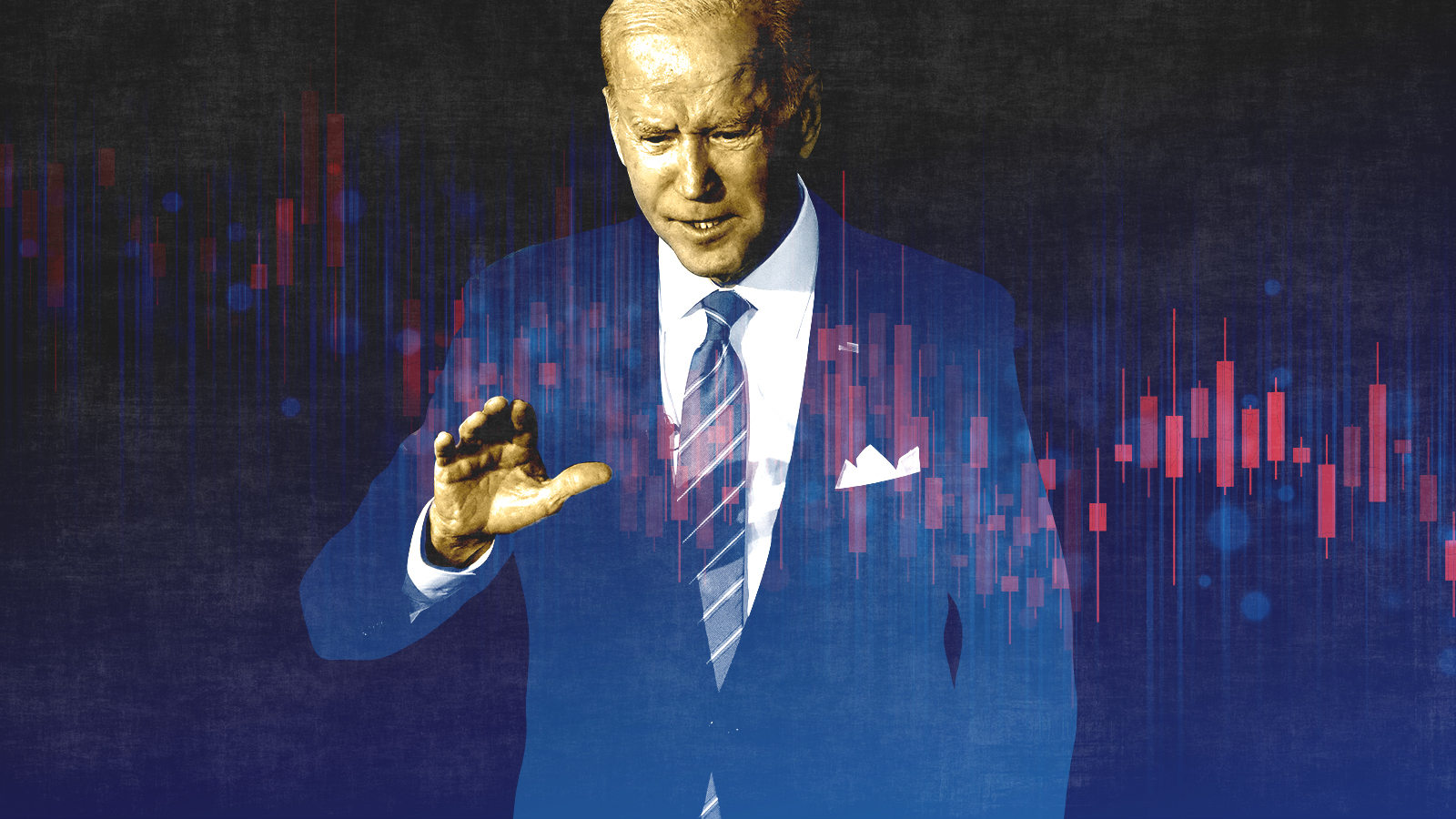 What experts are saying about the economy's surprise contraction
What experts are saying about the economy's surprise contractionThe Explainer The sharpest opinions on the debate from around the web
-
 The death of cities was greatly exaggerated
The death of cities was greatly exaggeratedThe Explainer Why the pandemic predictions about urban flight were wrong
-
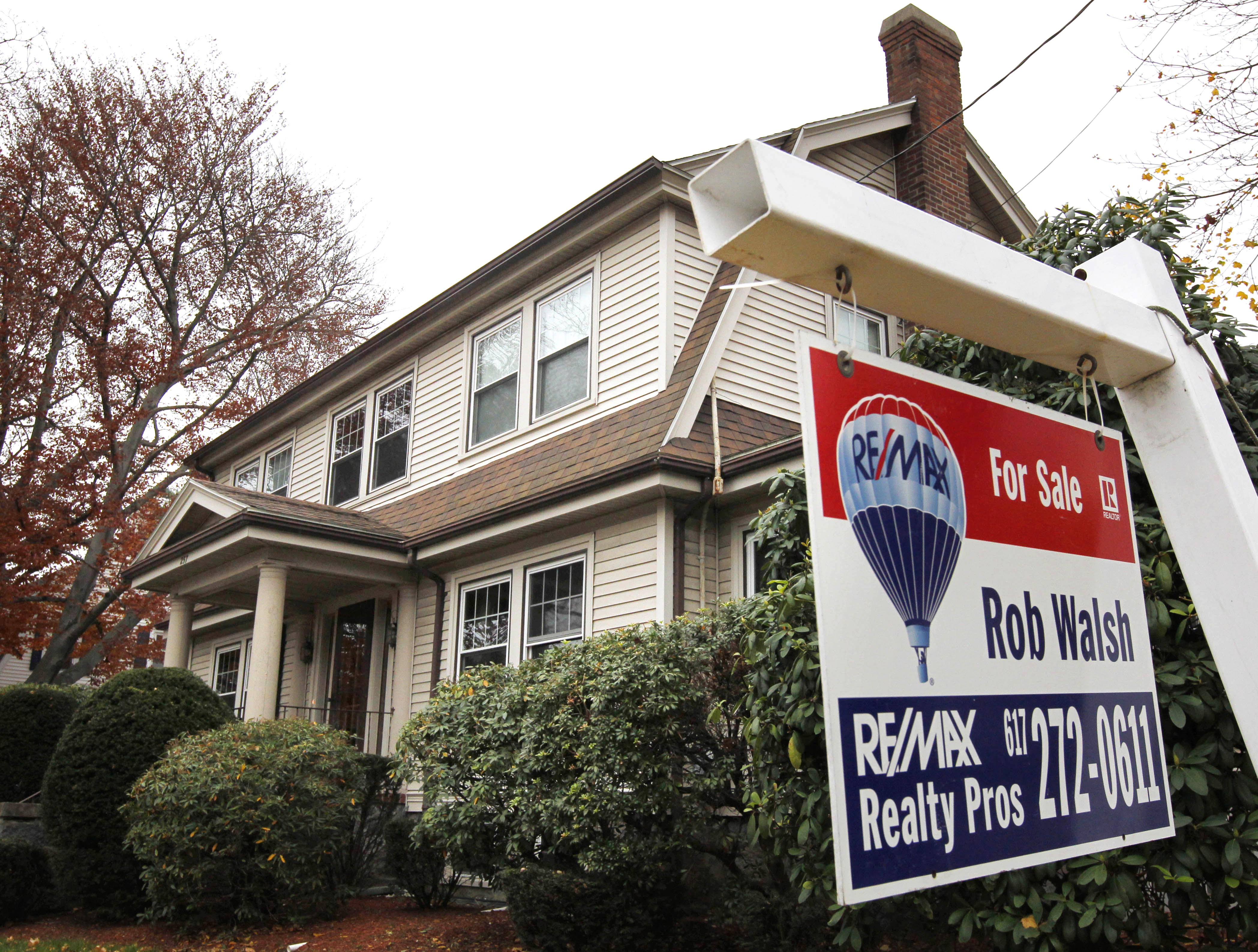 The housing crisis is here
The housing crisis is hereThe Explainer As the pandemic takes its toll, renters face eviction even as buyers are bidding higher
-
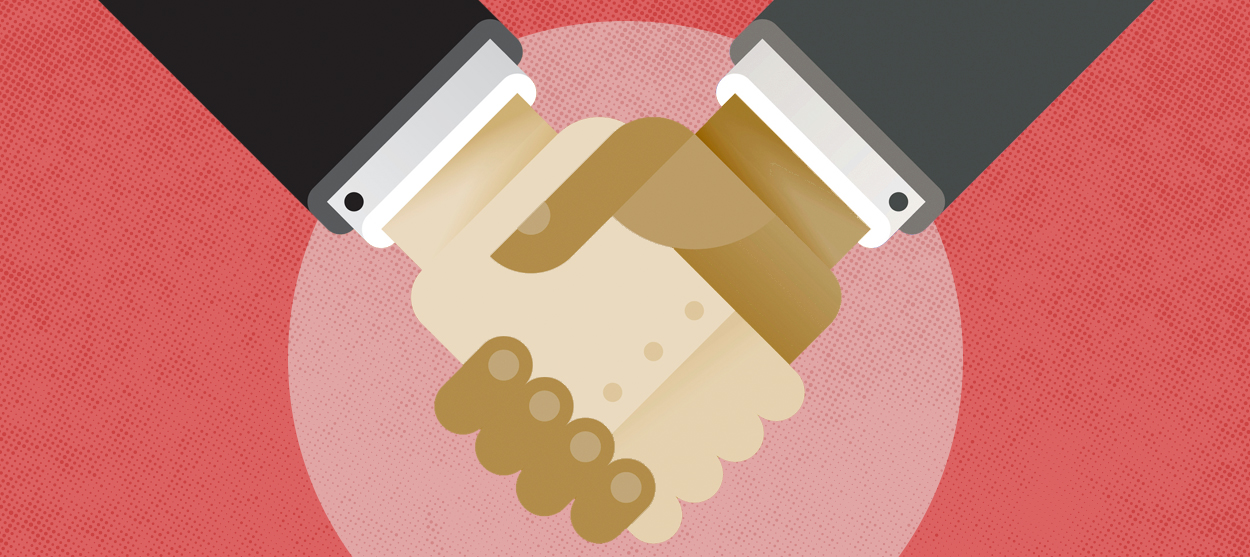 How to be an ally to marginalized coworkers
How to be an ally to marginalized coworkersThe Explainer Show up for your colleagues by showing that you see them and their struggles
-
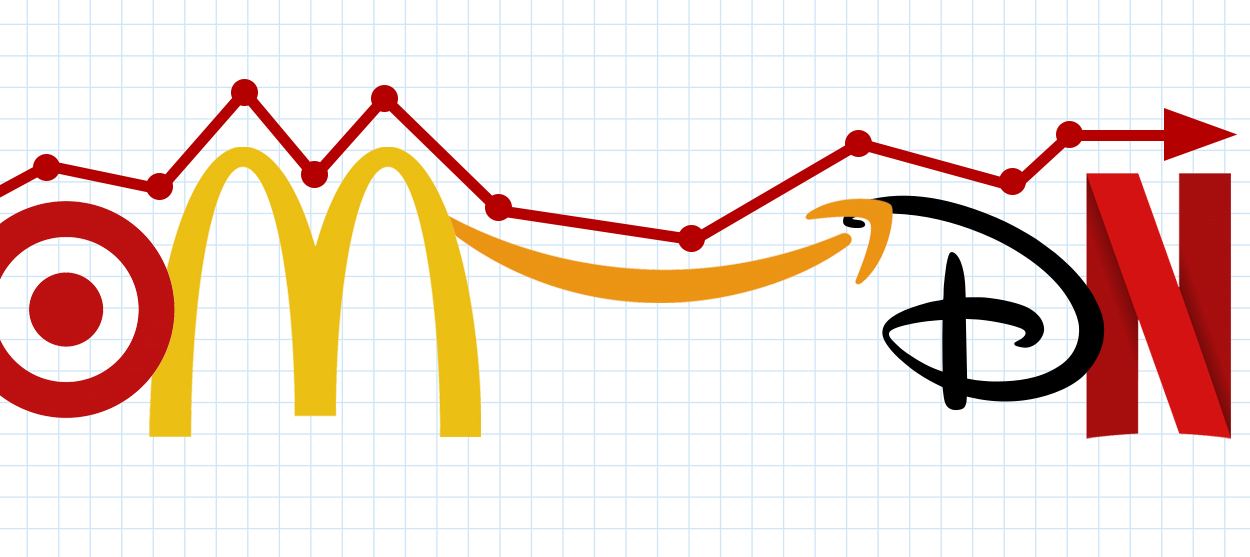 What the stock market knows
What the stock market knowsThe Explainer Publicly traded companies are going to wallop small businesses
-
 Can the government save small businesses?
Can the government save small businesses?The Explainer Many are fighting for a fair share of the coronavirus rescue package
-
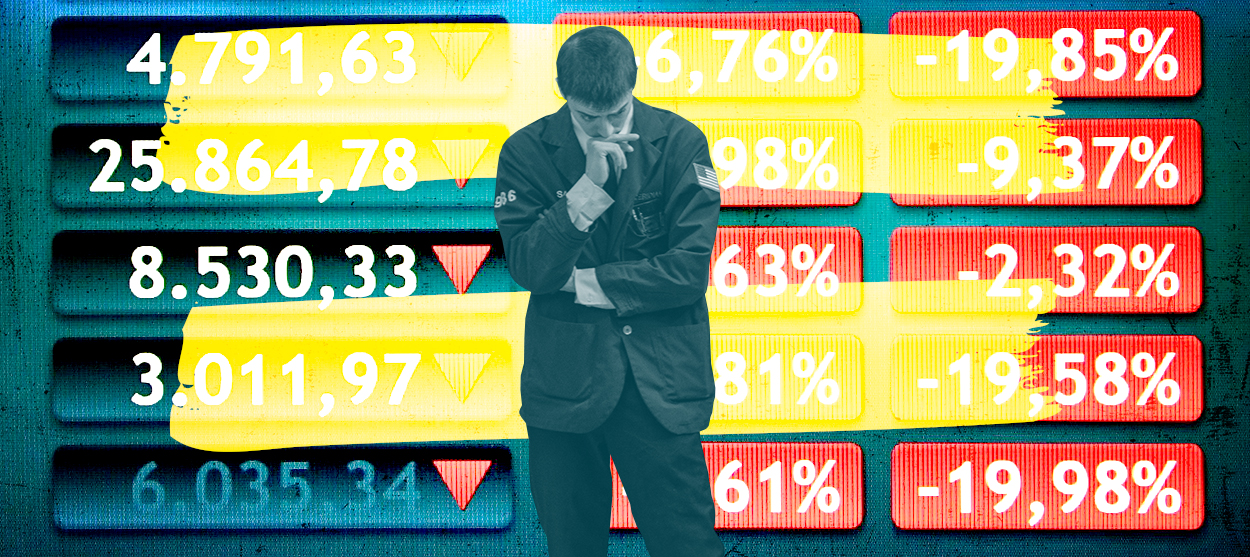 How the oil crash could turn into a much bigger economic shock
How the oil crash could turn into a much bigger economic shockThe Explainer This could be a huge problem for the entire economy
